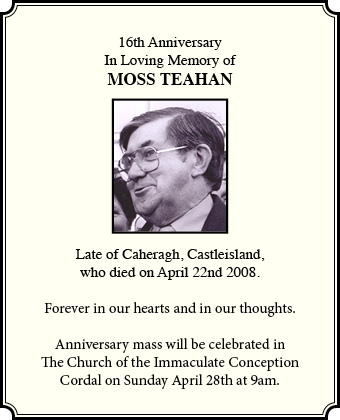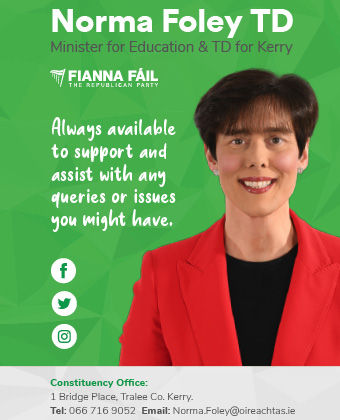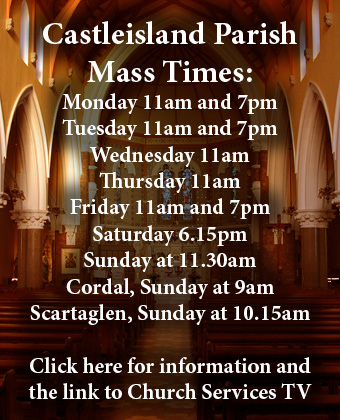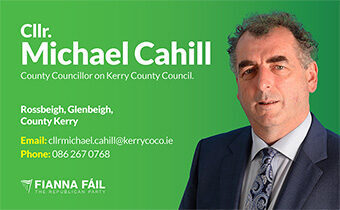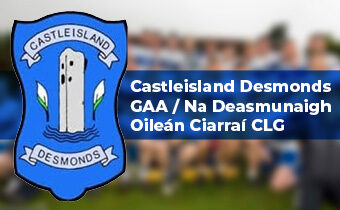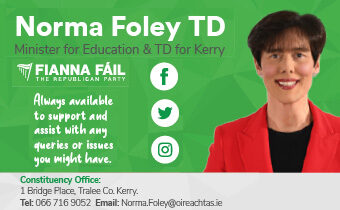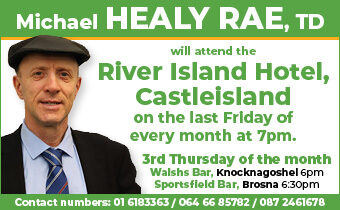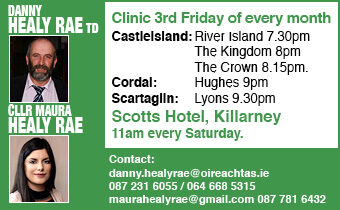
The recent and highly publicised BT Young Scientist Exhibition at the RDS in Dublin provided a huge learning experience for St. Joseph’s Girls’ Presentation Secondary School representatives, Molly O’Callaghan and Gillian Hanifin.
“The girls thoroughly enjoyed the experience of the event and while it helped in increasing their scientific knowledge and practical skills, they also gained a lot of confidence in talking to the judges – who were experts in biological sciences,” said science teacher, Dayna Hurley.
“The judges also commented on how well their project was displayed. The girls now hope to promote their findings with local agencies such as Killarney National Park,” said Ms. Hurley.
Eco-Unesco also visited the students’ stand and were impressed with their study and findings. They have now been asked to submit their project for recognition in the Eco-Unseco Young Environmental awards.

©Photograph: John Reidy 9-2-2006
The Young Scientist competition started in Ireland in the 1960’s and its aim is to promote an interest in science among students in primary and secondary schools.
The Castleisland school’s representatives based their presentation on an investigation into how plants can decrease the levels of nitrates in water caused by pollution.
“It was decided that the focus for the Young Scientist project would be a natural way to decrease water pollution. Taking inspiration from Frog Environmental, the students took samples of water from various parts of the county.
“These waters were tested for nitrates and nitrites levels, which are pollution indicators. Plants were floated in each of the water samples to find out if the plants could reduce the levels of these pollution indicators,” Ms. Hurley explained.
This year, there was a record breaking 2048 entries to the Young Scientist competition and this project was one of the 550 to get through to the final.




